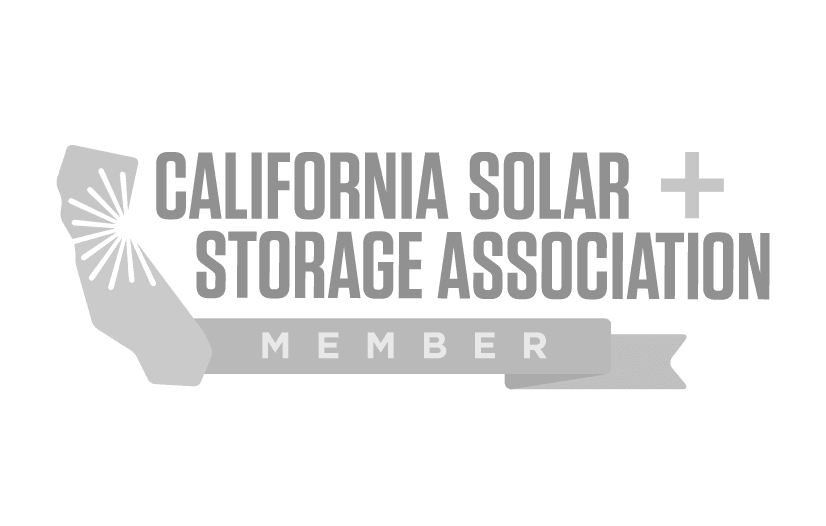What Californians Need to Learn About NEM 3.0
All PG&E, SCE, and SDG&E customers with solar installations once the PD is implemented will be eligible for net billing, the new term for NEM. The PD mandates that consumers adopt Time of Use pricing structures that charge much more for power during peak hours and much less during off-peak hours. It also monitors energy in real time as opposed to once an hour as NEM does, and it minimizes compensation for surplus energy transmitted to the grid.
Something of a miracle occurred earlier this month in the Golden State of California. Proposed new net metering regulations (NEM 3.0) from the California Public Utilities Commission (CPUC) are on hold indefinitely. Kelly Hymes, the Administrative Law Judge presiding over the case, emailed the relevant parties to inform them that the planned decision on Net Metering 3.0 and its implementation will be removed off the agenda of the Commission’s voting meeting until further notice.
Possible alterations to incentives as suggested by the May judgment
In its proposed glide path method, the Commission recommends paying a set dollar amount per kWh of power exported by solar systems. The Market Transition Credits would be replaced by the ACC Plus method.
Following an explanation of the ACC Plus framework, the judgment poses many questions to which the parties are expected to respond. With these inquiries, we hope to gauge the parties’ level of enthusiasm for the ACC Plus method as well as their thoughts on how much energy credits are worth, who should receive them, and how the distribution of credits should change according to the specifics of individual solar installations and the financial situations of their owners.
Why all the controversy around NEM 3.0?
It was a Herculean effort to get there, and it’s interesting to speculate about what may have caused the project to stall. In an unprecedented show of opposition to the CPUC’s NEM 3.0 plan, businesses like Tesla joined forces with environmental groups like The Climate Center and the Environmental Working Group (EWG), to mention just a few. In order to understand what happened to NEM 3.0 California, we must first examine the reasons why the original plan was so divisive.
Incentives for the low-income group
If the proposed judgment is implemented, low-income families wondering when will NEM 3.0 go into effect would get higher MTCs of $4.36/kW in PG&E area and $5.25/kW in SCE territory. We have heard nothing new from SDG&E as of yet. In its May decision, the Commission requests comments from the parties on whether or not the proposed ACC Plus strategy would include higher payments to low-income solar owners.
These incentives provide a decent chance to save money, especially considering that these homes are exempt from the $8/kW Grid Participation Charge. There may, however, be some encouraging developments in that regard. Another part of the PD sets aside $150 million annually for four years to be used for an unspecified low-income incentive scheme. Utility firms have been asked by the CPUC to provide strategies that would increase the rate at which solar power is installed in low-income communities.
Conclusion
It will be significantly more challenging for home solar installers in California to persuade prospective consumers that solar is a viable investment if the figures are as predicted. That’s how the utility corporations would want it to stay. They hope that consumers will continue to depend on the cables that connect massive power plants to the public and provide them with a steady stream of revenue. Solar panel installations on private and commercial buildings pose a threat to this lucrative industry.

